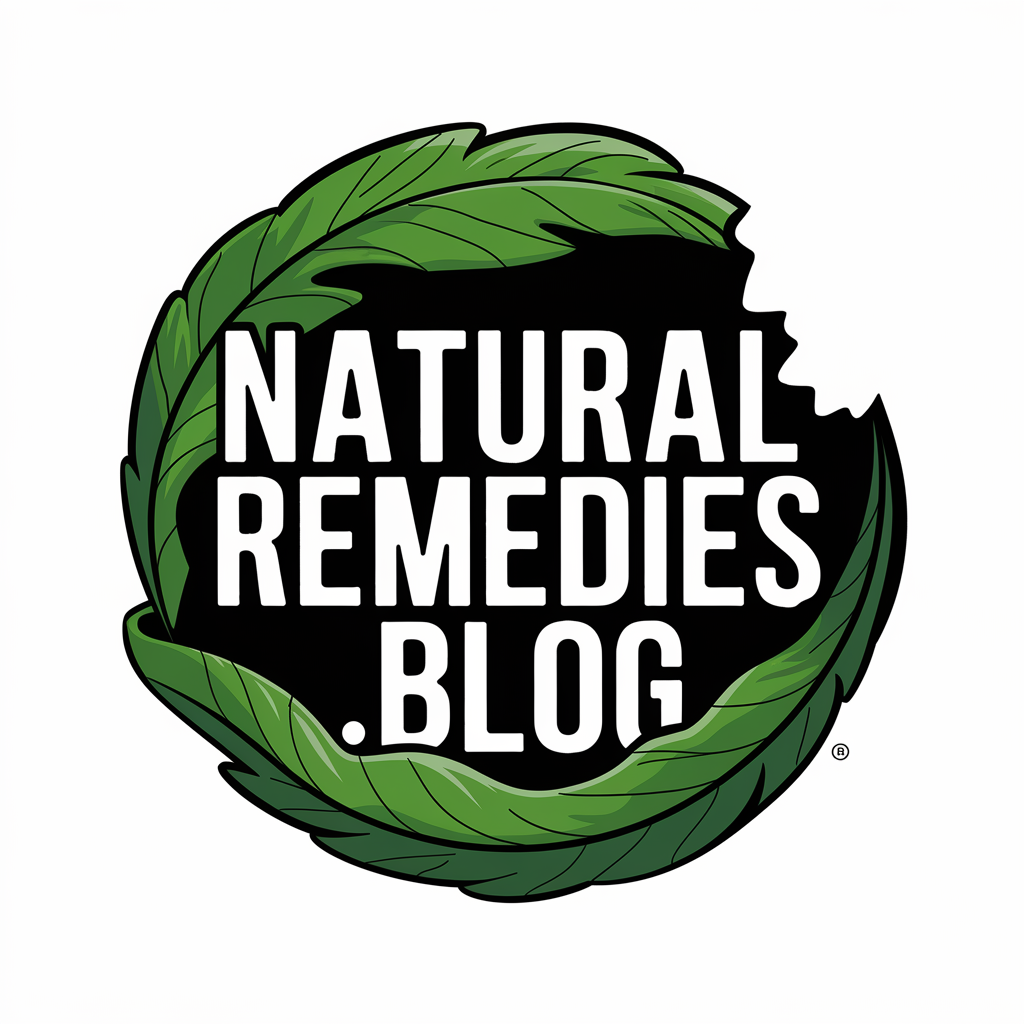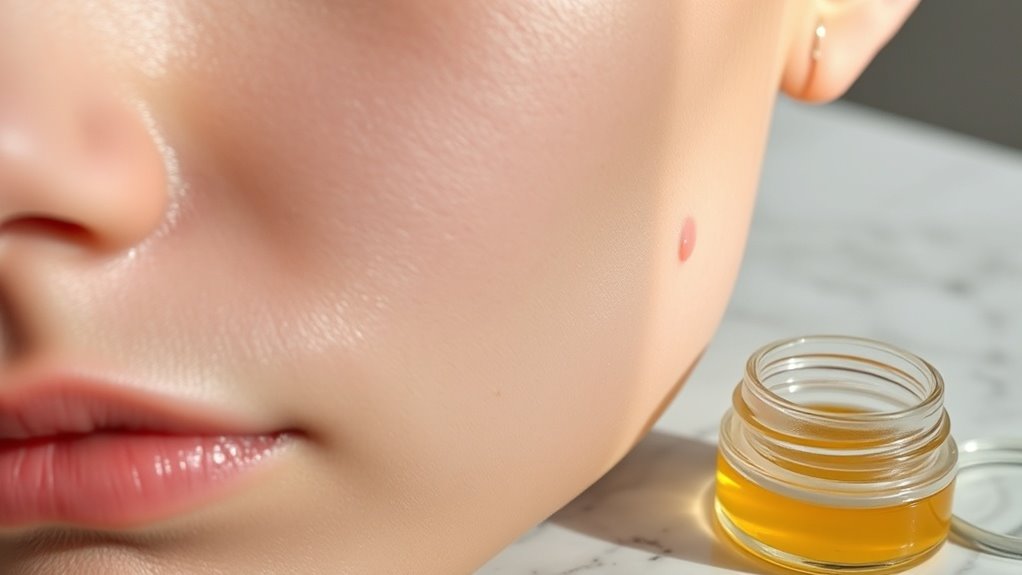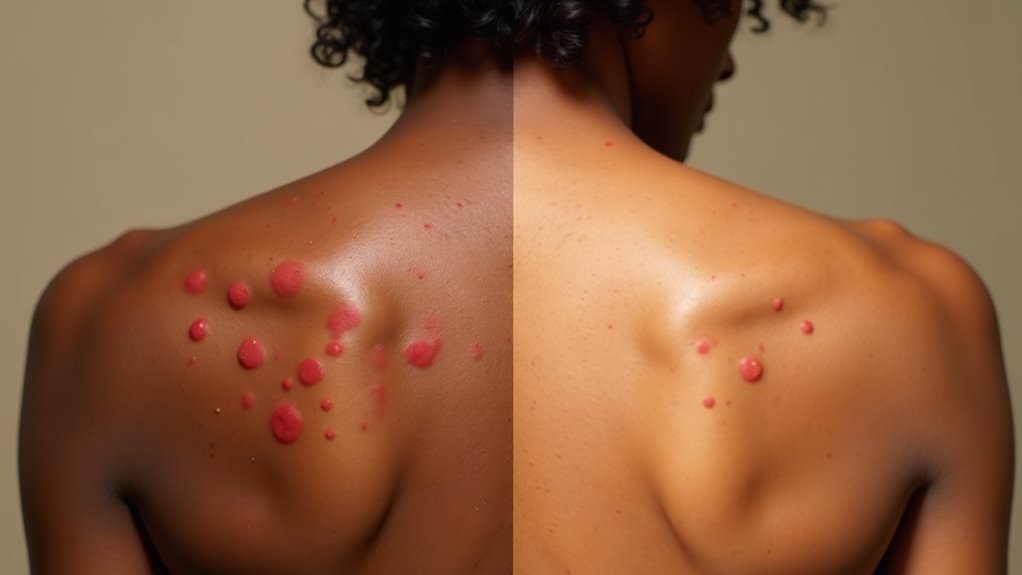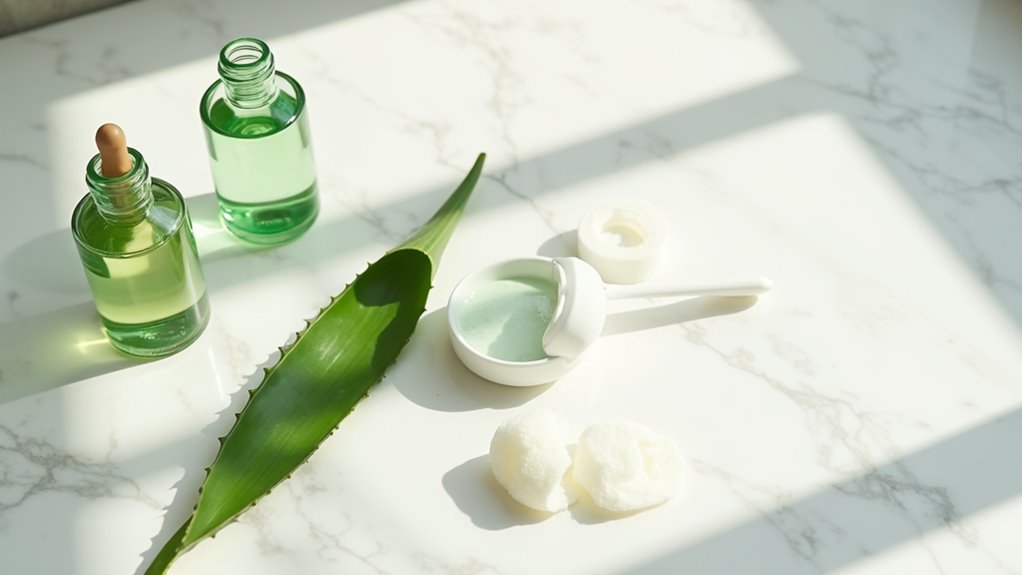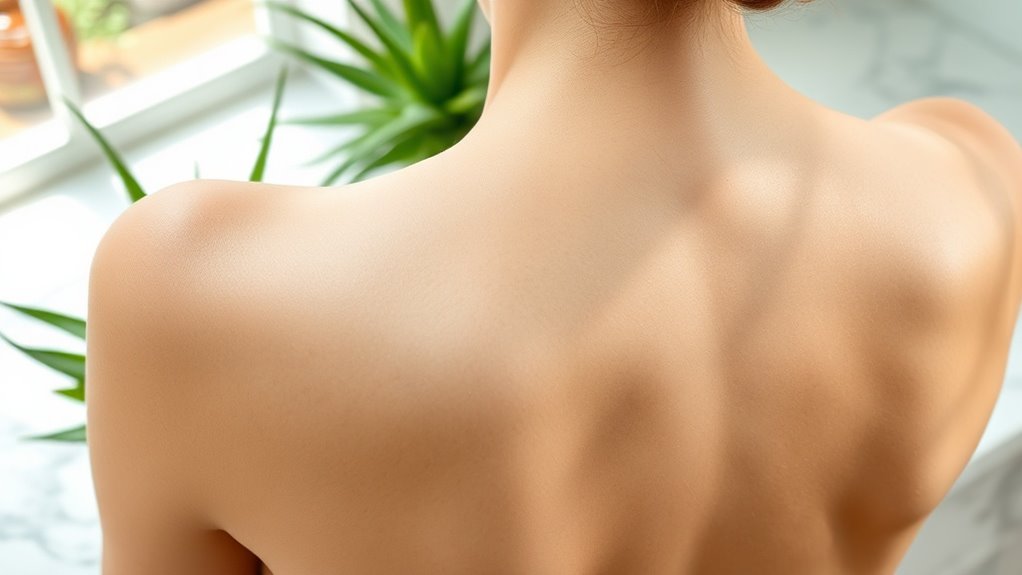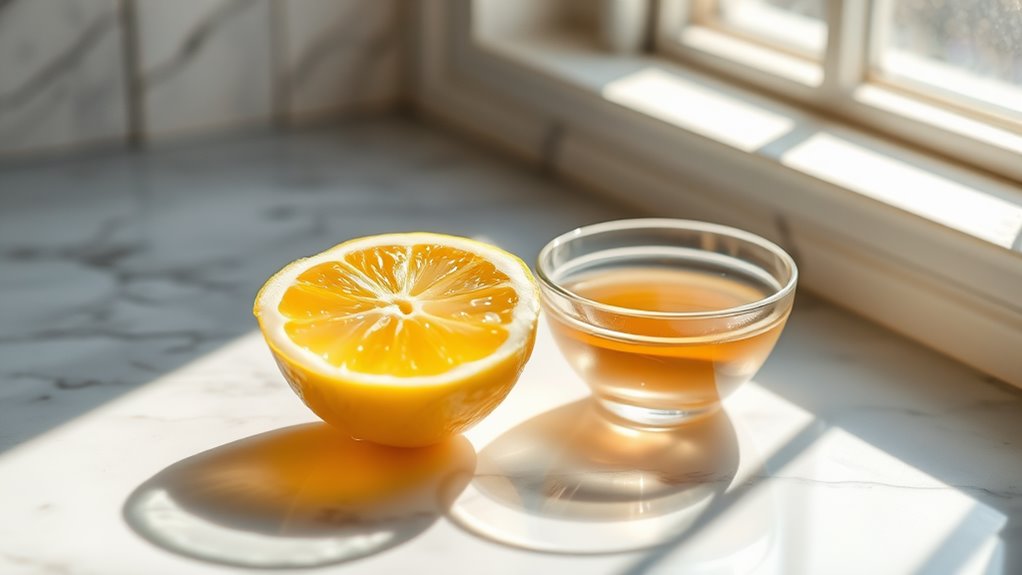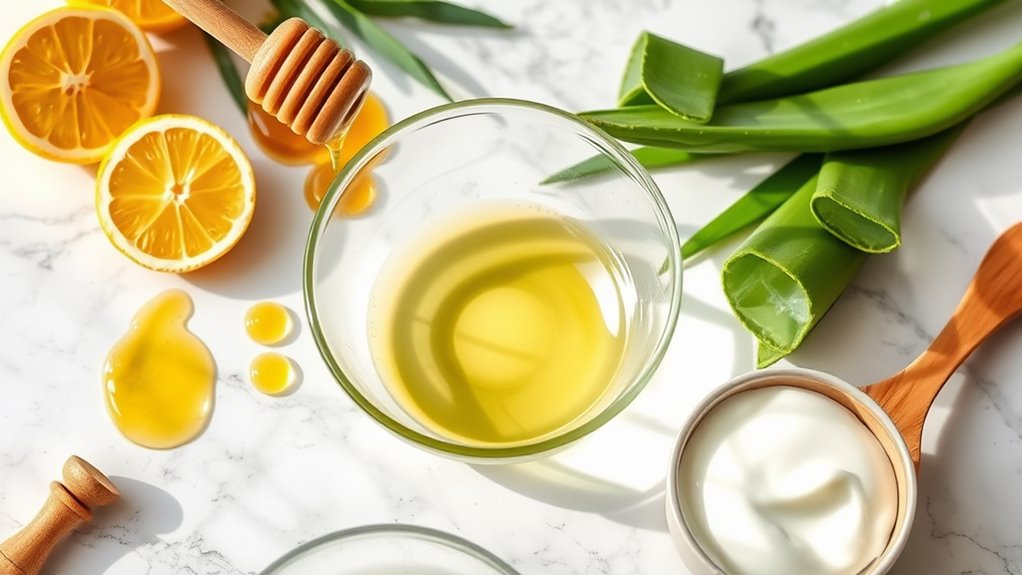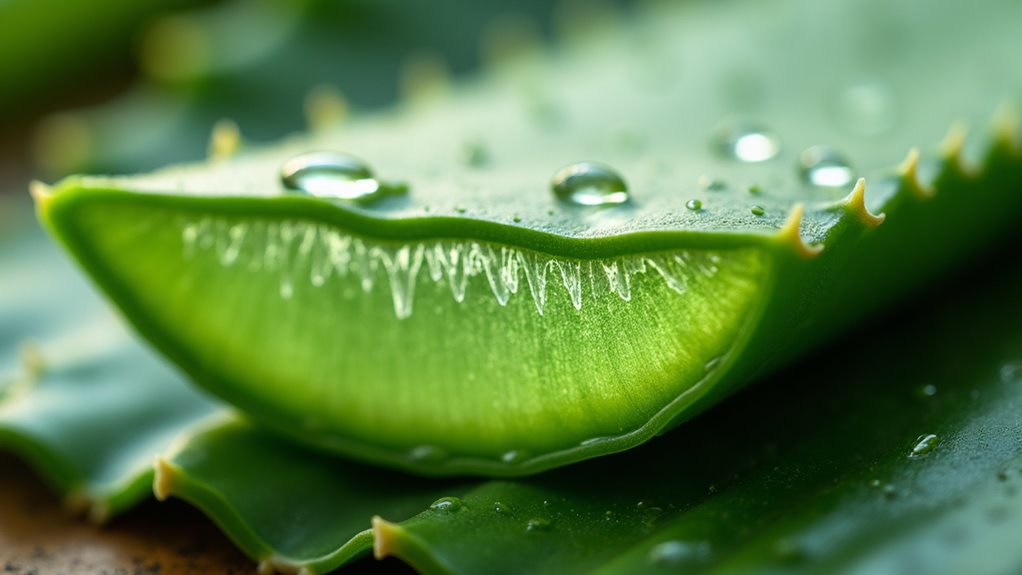Overnight Pimple Remedy That Worked for Me
The Late-Night Skin Emergency
When a red, inflamed pimple appears right before an important event, it can trigger significant anxiety and a frantic search for immediate solutions.
You’ll likely find yourself examining various pimple remedies overnight, desperately seeking a quick fix for this unwelcome blemish. The psychological stress can actually worsen inflammation, creating a cycle that exacerbates the condition.
It’s crucial to approach this skin emergency systematically rather than reaching for harsh, potentially damaging treatments. Understanding the science behind overnight acne interventions will help you make informed decisions about emergency spot treatments. These treatments work effectively because they target breakouts during the skin’s active repair process, allowing for better absorption and results by morning.
Understanding My Breakout Trigger
Before treating your breakout, you’ll need to identify its root cause by examining key lifestyle factors like chronic stress and irregular sleep patterns.
Your dietary choices, particularly high-glycemic foods and dairy products, can trigger inflammatory responses that manifest as acne.
Hormonal fluctuations, whether from your menstrual cycle, medication changes, or endocrine conditions, often contribute to sudden skin eruptions. Additionally, strong immune systems can help combat inflammation and improve skin health, minimizing breakouts.
Stress and Late Nights
Although stress and late nights may seem unrelated to skin health, research indicates these factors significantly influence acne formation. When you’re stressed, your body produces excess cortisol, triggering increased sebum production in your skin’s oil glands. This surplus oil combines with dead skin cells, creating an ideal environment for acne-causing bacteria.
Lack of sleep disrupts your skin’s natural repair cycle and compromises your immune system’s ability to fight inflammation. Studies show that individuals who consistently sleep less than 6 hours experience more frequent breakouts.
Your skin needs adequate rest to maintain its protective barrier and regulate oil production effectively.
Diet and Hormonal Changes
Your diet plays a crucial role in skin health, directly affecting hormonal balance and inflammatory responses. Understanding dietary triggers can help you manage breakouts effectively.
-
High-glycemic foods spike insulin levels, increasing sebum production.
-
Dairy products contain growth hormones that may stimulate acne development.
-
Processed foods with artificial additives can disrupt hormonal balance.
-
Omega-6 rich foods promote inflammation, worsening existing breakouts.
-
Zinc and vitamin A deficiencies impair skin healing processes.
Track your food intake alongside breakout patterns to identify correlations.
Hormonal fluctuations during menstrual cycles, stress, or medical conditions can amplify these dietary effects, making it essential to maintain a balanced, nutrient-rich diet.
Natural Ingredients From My Kitchen
Many effective pimple treatments can be found right in your kitchen cabinets, backed by scientific research on their antimicrobial and anti-inflammatory properties.
Raw honey contains hydrogen peroxide and enzymes that fight bacteria. Tea tree oil’s terpenes penetrate pores and kill acne-causing microbes. Apple cider vinegar’s acetic acid helps balance skin pH and reduce inflammation.
You’ll also find that green tea’s polyphenols decrease sebum production, while turmeric’s curcumin compound provides potent anti-inflammatory effects. Fresh lemon juice’s citric acid works as a natural exfoliant and astringent. Additionally, sodium bicarbonate’s pH level can help normalize skin pH and promote a healthier complexion.
When applying these ingredients, always dilute properly and test on a small area first.
Step-by-Step Application Process
Before applying any overnight pimple treatment, start with a properly cleansed face using a gentle, non-comedogenic cleanser and lukewarm water.
Pat your face dry with a clean towel and wait five minutes to ensure complete dryness.
- Apply a thin layer of spot treatment directly onto the pimple using a clean cotton swab.
- Allow the first layer to dry completely for 30 seconds.
- Add a second thin layer for enhanced effectiveness.
- Place a small hydrocolloid patch over the treated area.
- Sleep on a clean pillowcase with your head slightly elevated.
The treatment works most effectively when applied 2-3 hours before bedtime.
The Morning After Results
After following the overnight treatment protocol, visible improvements should appear within 8-12 hours. You’ll notice reduced inflammation and a less pronounced appearance of the affected area. The pimple’s size typically decreases by 40-60%.
| Symptom | Before Treatment | After Treatment |
|---|---|---|
| Redness | Bright red | Light pink |
| Swelling | Raised bump | Nearly flat |
| Pain | Tender to touch | Minimal discomfort |
If inflammation persists beyond 24 hours, you may need to repeat the treatment for another night. Document your results to track the treatment’s effectiveness and adjust the protocol if necessary.
Why This Method Worked for Me
Through consistent documentation and trial of various acne treatments, I found this overnight method to be remarkably effective due to its targeted approach to inflammation reduction. The combination of proven ingredients works synergistically to combat breakouts while you sleep.
- Tea tree oil’s natural antimicrobial properties eliminate acne-causing bacteria
- Hydrocolloid patches create an optimal healing environment by drawing out excess fluid
- Salicylic acid penetrates pores to dissolve debris and dead skin cells
- Ice therapy constricts blood vessels, reducing redness and swelling
- Clay’s absorbent properties remove excess oil and impurities from the skin
- This treatment utilizes a layered application of effective ingredients that work overnight to provide impressive results.
Tips to Prevent Future Breakouts
While treating existing breakouts is important, implementing preventive measures can significantly reduce future acne occurrences.
You’ll need to maintain a consistent skincare routine that includes gentle cleansing twice daily, non-comedogenic moisturizing, and regular exfoliation. Don’t touch your face unnecessarily, and clean your phone screen daily.
Change your pillowcase weekly, maintain a balanced diet rich in antioxidants, and stay hydrated. If you exercise, shower immediately afterward to prevent sweat-trapped bacteria. Consider using products containing salicylic acid or benzoyl peroxide as preventive agents, as these can help reduce inflammation and target acne. For persistent issues, consult a dermatologist who can recommend targeted treatments.
